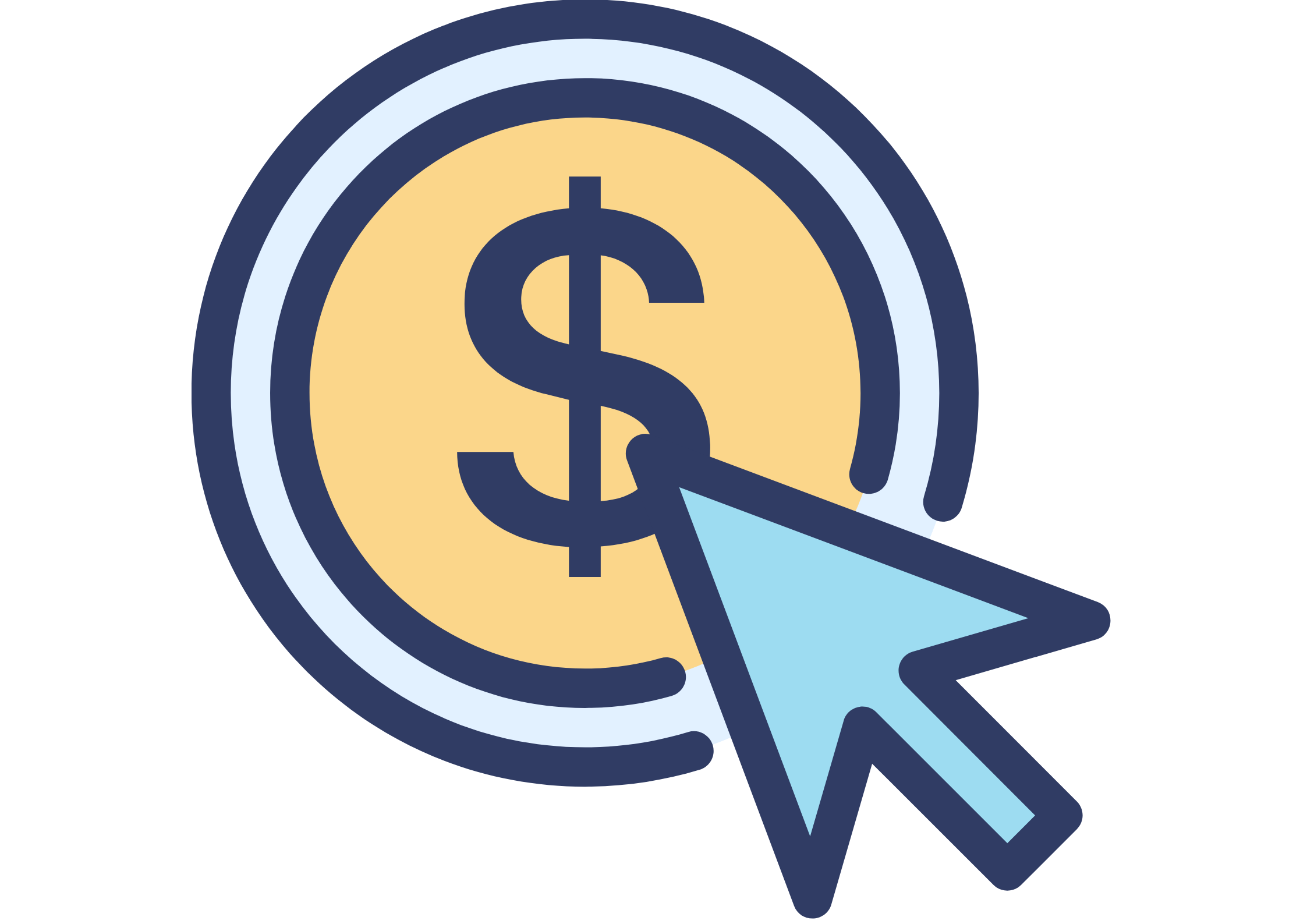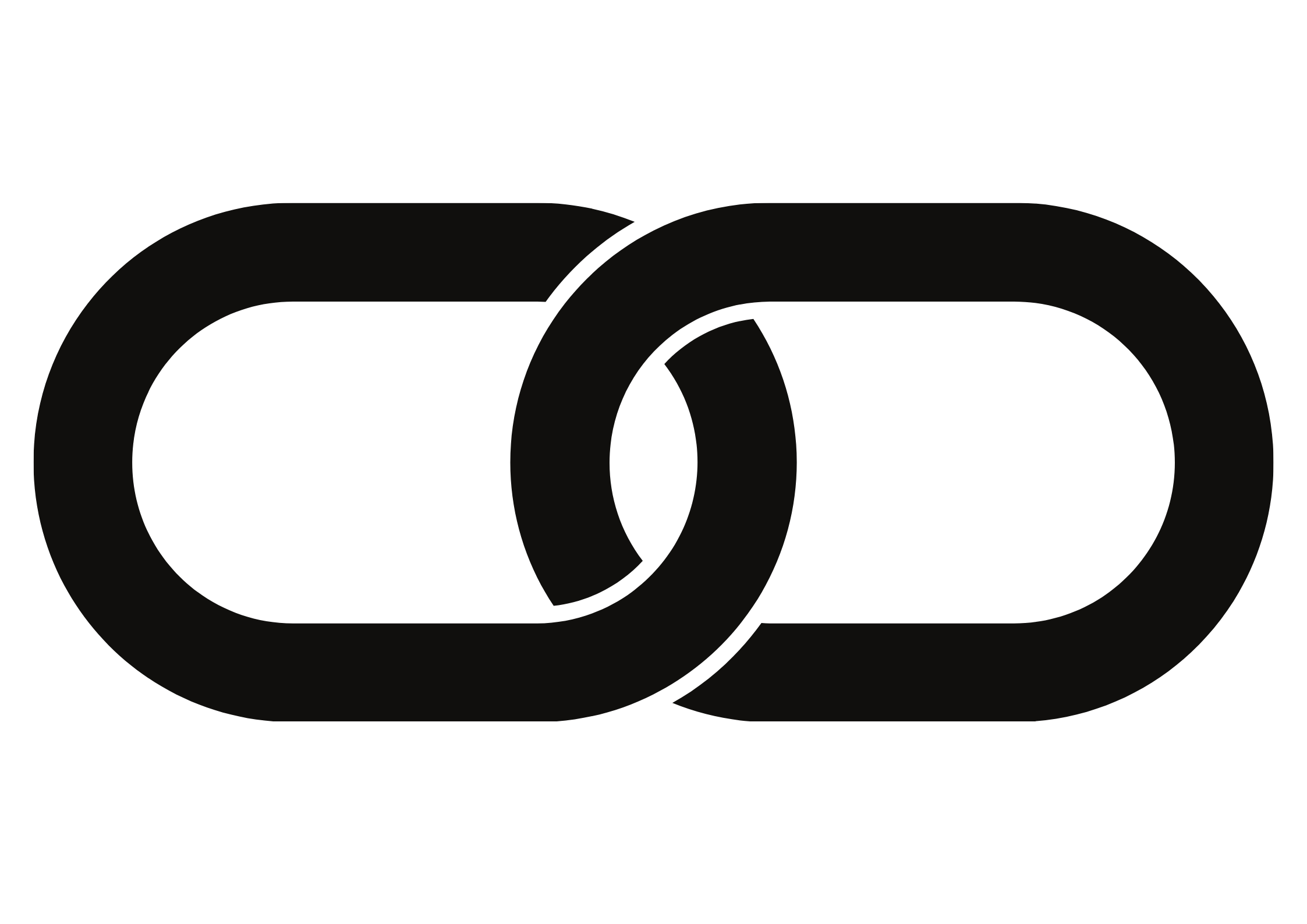
Mini-Guide To Google Sponsored Links: What, How, and How Much?
Last update: 23 August 2023 at 10:53 am
Organic search results may no longer be working for you and your business. Many companies have turned to sponsored links to get at the top of search engine results and it is maybe time for you to do the same.
Google sponsored links are an option that the world’s most popular search engine offers to businesses or sites that want to pay a fee to appear in the search results for proper search queries.
Here is our mini-guide on all things sponsored links where we will give you all the insights into why this advertisement technique should become a staple part of your search engine marketing strategy.
What are Sponsored Links?
Google sponsored links are:
a digital marketing strategy to gain brand exposure and attract high-quality leads to your website
Search engines usually provide advertisers with ad payments within the search engine result page (SERP).
You can link a complete URL or ad within a text ad. Sponsored links are placed by search engines via the keyword chosen by the advertiser and if a user now enters such keyword in the search bar of the search engine, the ads created by the advertiser will be displayed.

If a user clicks that ad, the advertiser pays a certain amount; the click-through-rate generally depends on how many other advertisers want to advertise ads for this search keyword or term.
Webmasters can use these sponsored links within the framework of search engine marketing in order to generate traffic for a website or a particular landing page. In many cases, advertisers pay in the form of pay-per-click (PPC), because of which these are also called PPC campaigns.
Where Does Search Engine Advertising Come From?
Monetization of search engines was inevitable once the internet started to grow at an exponential rate. Google started to offer sponsored links through the Google AdWords (now Google Ads) program to paying users just one year after its launch.
Today, the advertising program is still the main source of revenue (80% to be precise) for the Alphabet group, the parent company of Google.
Search engines such as Google now provide a variety of sponsored links and thus opportunities for search engine advertisement.
The Google Ads program, for instance, allows site owners to place ads on the video platform Google Shopping Ads, YouTube, text ads, or display ads on the Google Adsense participating websites. In all the cases, the paid links are recognizable and marked for users as such.
How do Sponsored Links Work?
Put simply, Google’s sponsored links work in the form of auctions. It’s all about link placements and the cost you are willing to pay for your selected keywords.
Here’s an infographic from WordStream that will add to your understanding of how the Google Ads auctions function in general.
Inside the Google sponsored links, the rank of the advertiser’s link determines the placement of their link and the cost of a click.
The rank of the link of your advertisement is based on your ad quality and the maximum current bid for that keyword. While your competitors’ bids are outside of your control, you can work to improve your ad quality.
By keeping an exemplary ad quality score, you can spend less on Google sponsored links yet still get a higher link rank.
The higher the quality score, the better link positioning you will get.
The factors which affect your quality score are:
- The relevance of the keyword to your Ad group.
- Overall historical account performance.
- The relevance of your ad to the search query.
- The relevance of your ad to its landing page.
- The historical pay-per-click-through rate of the ad and its ad group.
If your ad truly delivers a relevant product to the people using Google, then Google is more likely to feature your ad amongst other sponsored links on the SERP.
You can also use automation but it would still require you to pay attention to your ad listing results.
Although Google Ads can be pretty straightforward, many businesses turn to online advertising agencies in the UK or elsewhere in the world to help them in the process.
Cost Of Google Sponsored Links
Numerous businesses have seen a big boost in sales after running a successful pay-per-click campaign.
In fact, in the early days of Amazon, the company was willing to outbid many competitors to capture the new users shopping online via Google Ads. It is obvious that Amazon’s strategy clearly paid off.

For this reason, numerous new businesses are interested in running some Google-sponsored link campaigns to test their new website landing pages and appeal offerings to their products.
When looking at the cost of Google sponsored links, it is important to know that variables affect the cost of Google sponsored link campaigns.
Because of this, there’s no direct answer to this question, as you have to do some research on your niche and see what the going rate is per click.
The Averages
In 2021, the average cost-per-click across all companies for Google ads on the search engine network is $2.69.
The Google sponsored links platform allows business owners to:
- handle their google pay-per-click ads
- select the most beneficial keywords for their niche
- set a daily Google PPC budget
- keep their ad costs affordable
The strongest factor that influences the cost of the Google sponsored links is the Google sponsored links auction.
You must look at what exactly your competitors are paying per click for the same or similar keywords and then decide if you want to bid more for the same keyword or not.
Nofollow, Sponsored & UGC Link Attributes
In 2019, Google proclaimed two major additions to standard nofollow links – sponsored links and UGC links. Here are where things currently stand:
Sponsored Links
According to Google, the sponsored attribute is specially used for hyperlinks that are promotional in nature. Prior to their creation, paid links were categorized as nofollow links, which proved to be highly misleading.
The new sponsored attribute helps Google to identify advertising links individually. These links helped in enhancing categorization and were not confusing. Link providers and receivers can effortlessly decipher sponsored links from untrustworthy nofollow links.
UGC Links
The user-generated content (UGC) attribute was formed to help Google to determine which links the acronym indicates, generated by users. This was proved as a lifesaver for webmasters who had been struggling to find that specific hyperlinks were not endorsed.
The UGC attribute is used to link to sections of websites where consumers generate their own content, for instance, forum posts and comment sections.
Nofollow Links
Google’s latest announcement showed nofollow links, quite literally. Earlier, the nofollow tag was used for both user-generated and paid links.

Moreover, the new categories made things much simpler by placing user-generated and paid content in different categories. The nofollow tag is now entirely used for non-trusted links.
While nofollow links were not used for indexing and crawling before, Google update indicated that they would still be used as a “hint” for indexing and crawling.
The SEO community began to consider this as a win for ranking purposes; the picture wasn’t as good as it was made out to be. Currently, each of the three links, i.e., nofollow, sponsored, and UGC, is used as a mere hint, not a direct ranking factor.
Moreover, they may or may not be crawled instantaneously, thus fueling the Google Sandbox speculations further.
Summing Up: How Google Sponsored Link Strategies Impact SEM & SEO
With sponsored links, marketers have to chase for significantly increasing the brand reach of the brand or website. By taking sponsored links on websites or on search engines with a great reach, you can direct more traffic to your own website.
You can also use sponsored links to test the efficiency of a landing page through paid traffic.
According to Johannes Muller, a Google employee, and renowned webmaster, you can now identify whether a paid link is an exception or not. For instance, the search engine checks whether the link has been set intentionally or not. Google’s webspam team would devalue such links so that no page rank and its link power will be carried on.
Webmasters should, therefore, not neglect to mark paid links with a nofollow attribute. After all, to devalue the link, Google can also determine it as web spam and devalue the targeted page.
When used properly, SEO and Google sponsored links can work well together.
Brands that accurately track their organic traffic and rankings can strategically use ads to enhance visibility for important keywords, driving paid traffic where they do not have the organic ranking to get seen on Page #1.
Sponsored links can also be used to test user responses to particular keywords. Similarly, keywords data from SEO efforts can also be used to find the right opportunities for sponsored links. Experts in SEO can help you with your keyword data bank.
As a brand-built digital strategy, understanding the different roles of Google sponsored links and SEO in building a web presence is critical to success. It is better for companies to use these two features to their advantage, as it will better their potential results in search.
With that being said, you should not expect permanent organic SEO benefits with any amount of money you spend on Google sponsored lists- at least as per what Google says publicly from time to time.






